Dehumidifier, Home Comfort, Humidifiers, Maintenance
Condensation on windows is annoying. You throw open the curtains, ready to face the day, and you’re greeted with water droplets blocking your view...
Condensation on windows is annoying. You throw open the curtains, ready to face the day, and you’re greeted with water droplets blocking your view.
You might think, what’s the big deal? I’ll just wipe the window. But condensation can be more than just an inconvenience—it can signify bigger problems in your home. In this article, we’ll explore the causes of condensation and how you can tackle them to keep your home more comfortable all season long.
Moisture calibration and air balancing are often easiest to leave to the professionals. You can contact our HVAC specialists day or night to help manage condensation problems in your living space.
Why Does Condensation Form on Windows?
Quite simply, condensation is caused when humidity in the air comes in contact with a cold surface and condenses from a gas to a liquid. This water vapour cools and becomes droplets on a window, mirror, or other surfaces.
Changing environmental factors, such as temperature and relative humidity, can incite condensation. That’s why a hot shower always makes your bathroom mirror fog up!
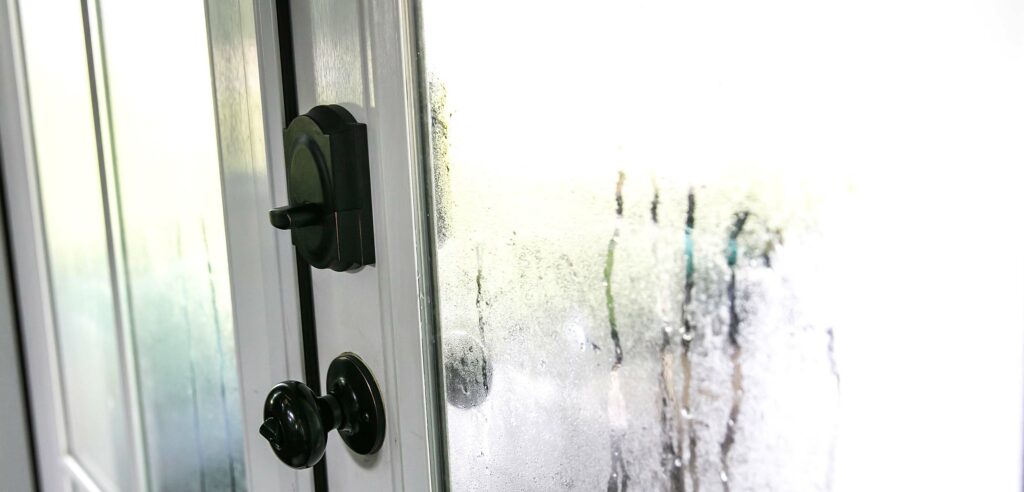
Temperature Fluctuations Throughout Your Home
Condensation can form on windows when there are temperature fluctuations within your home. The temperature at which air becomes saturated with water is called the dew point. The dew point is eventually reached when hot air is cooled, and water vapour becomes liquid.
The most common culprits of temperature changes in your home are poor insulation and air circulation. Older homes are notorious for being drafty. A clean, well-maintained duct system is essential for maintaining constant temperature and airflow in your home.
Poorly maintained ducts can leak warm air through the walls and ceiling. This increases the risk of condensation inside your walls, which could lead to costly home repairs in the future.
When the air temperature leaving your heating vents is much warmer than the air circulated around the room, condensation will occur in those cold corners. That’s why condensation is most obvious on windows in your home or car when it’s really cold outside.
Single pane windows will fog up more often than double pane windows. A single pane is more sensitive to changing outside temperatures, and the window itself will be colder. So for homes with single-pane windows, consistent indoor airflow is important!
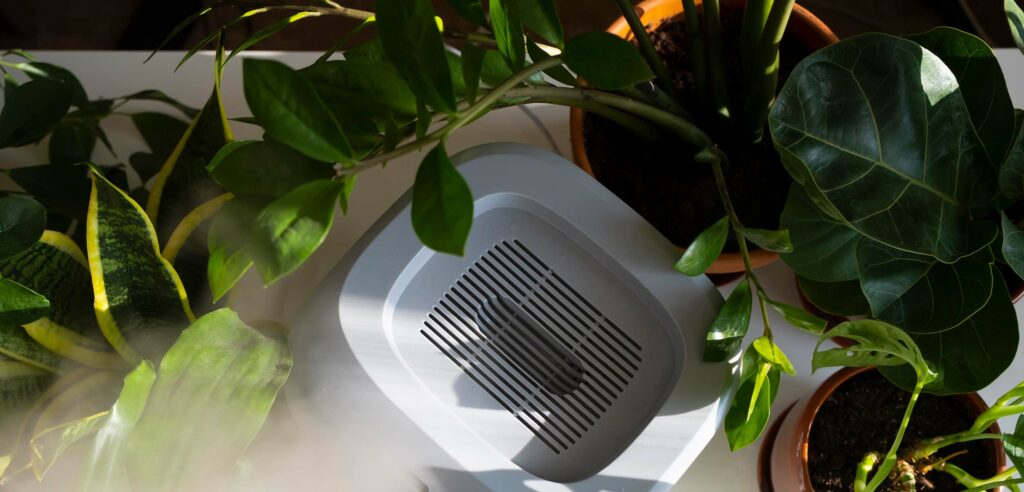
Too Much Humidity
Condensation is affected by relative humidity, which measures how much H2O the air is saturated with compared to the maximum. When relative humidity reaches 100%, the vapour becomes liquid.
Simple, everyday household activities like cooking meals, showering, and even breathing expel moisture into the air, increasing humidity. House plants also increase humidity in the surrounding area.
Because temperature also contributes to condensation, an ideal home humidity is different for each season. In Alberta, try staying within these seasonal humidity ranges:
- Summer: 45% – 55%
- Winter: 25% – 35%
Why is Condensation Such a Problem?
Condensation can be a pain when you’re trying to do your hair in the mirror after a hot shower. And it's frustrating when you can't see out the windows. But it's the effects of condensation you may not see that do the most damage.
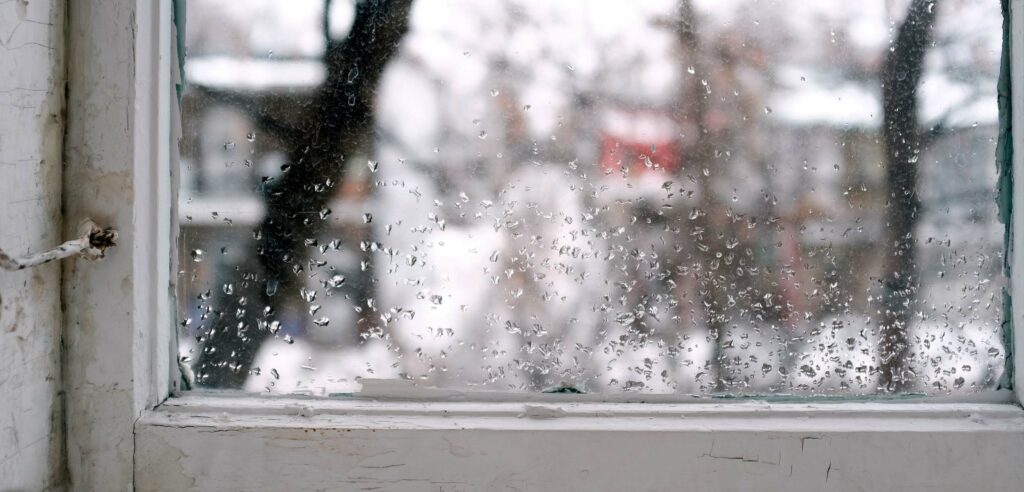
Household Issues
Condensation can drip off windows and doors and onto your drywall, flooring, and furniture. You may not notice it so easily, but consistent exposure to moisture will slowly damage drywall, hardwood floors, and wood furniture.
Excess moisture can also alter what temperatures feel most comfortable. So you may find yourself blasting more cool air when humidity is high. These changes can cause your air conditioner to run longer and harder to regulate temperature, meaning increased utility costs.

Health Issues
High humidity (above 60%) creates the perfect environment for dust mites and mould to thrive, and this can drastically affect your family’s health.
Mould can cause nasal stuffiness, throat irritation, coughing or wheezing, eye irritation, and skin irritation. The presence of mould is linked to asthma and other serious respiratory issues. In general, a regulated home humidity will help you breathe easier and cleaner.
How Do I Reduce Window Condensation?
Ok, we know why condensation build-up can be a problem, but how do we fix it, or better yet, prevent it? If you live in a climate with humid seasons or you have an older home, condensation may keep creeping up.
But with regular HVAC maintenance and the right equipment, you should be able to keep those windows clear!
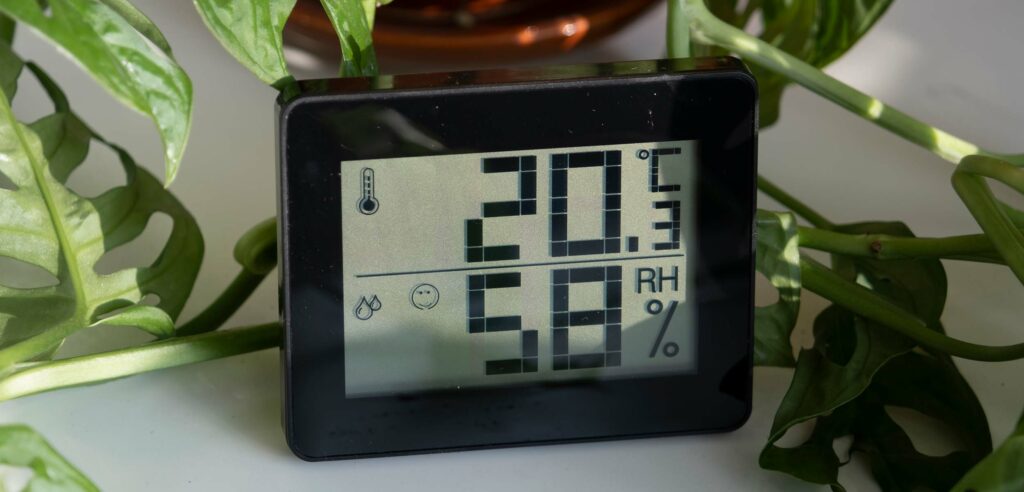
Determine Your Home’s Humidity
The first step to tackling condensation is getting your hands on a moisture meter (also known as a hygrometer, humidity meter, or humidity gauge). This tool measures the relative humidity within your home.
See also: The Alberta Humidifier Buyer's Guide
These can be purchased at your local home improvement store. Or you can invest in a smart humidity meter that will monitor your home’s moisture levels year-round and alert you if you start to creep over that 60% barrier.
Depending on the outside temperature, even moderate indoor humidity can lead to window condensation in the winter months. Gauging indoor humidity can help you adjust your thermostat to clear those panes.
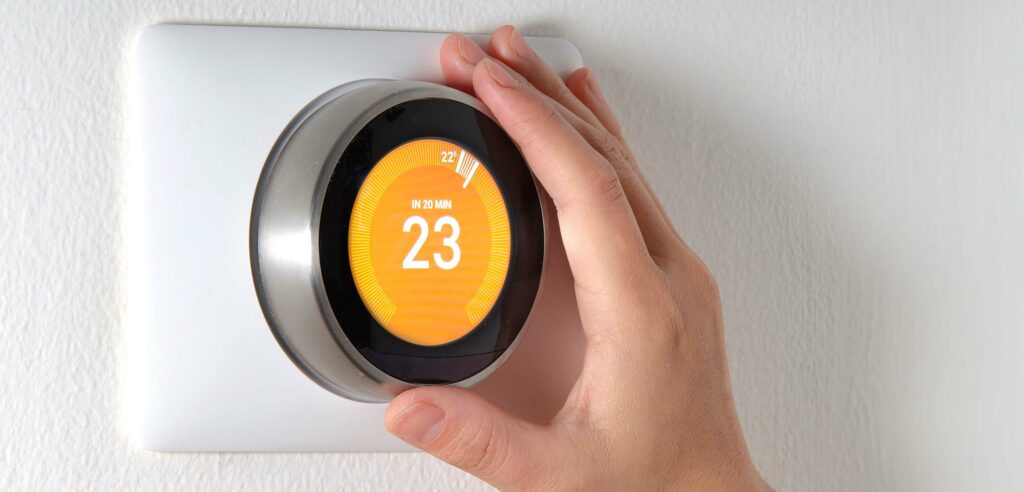
Raise the Inside Temperature
Hot air can hold more moisture than cold air. So increasing the temperature in your home will reduce window condensation, all other things being equal.
Of course, you want to balance the desire for see-through windows with the costs of increased energy consumption when it's cold out. Constantly changing the temperature in your home is not recommended. But moving the thermostat a couple of degrees warmer can help clear up foggy windows.
Dry Off With a Dehumidifier
If you’ve got a humidifier in your home and the windows are fogging up, well…turn down your humidifier. This goes for portable or whole-home humidifiers. But what if you haven’t been adding moisture to your indoor air?
A dehumidifier is an appliance that removes moisture from the air. This handy tool can increase your family’s comfort by minimizing allergy triggers, like those pesky dust mites that need a high humidity level to survive.
If your home does have a whole-home humidifier installed into your HVAC system, look for a damper where the unit connects to the ductwork. The damper is used to control the amount of humidity in your house. Most modern units have a knob with 2 settings labelled WINTER and SUMMER.
The WINTER setting adds more moisture to your indoor air, which is normally preferred in cold seasons. But if window condensation is a major problem in your rooms, switch your humidifier to the SUMMER setting. This will decrease the humidity added to your forced air supply and should reduce window condensation.

Keep Air Circulating
Keeping air flowing freely to all parts of your home is key for containing window condensation. Static air settles near a window and hits the dew point, leading to foggy glass. By keeping warm air circulating past windows and doors, it limits the amount of air that reaches the dew point.
Keeping air flowing freely to all parts of your home is key for containing window condensation. Static air settles near a window and hits the dew point, leading to foggy glass. By keeping warm air circulating past windows and doors, it limits the amount of air that reaches the dew point.
For interior windows and parts of your home that experience a lot of condensation, try placing a fan in the area to further increase air circulation. In bathrooms and kitchens, turn on fans when running water.
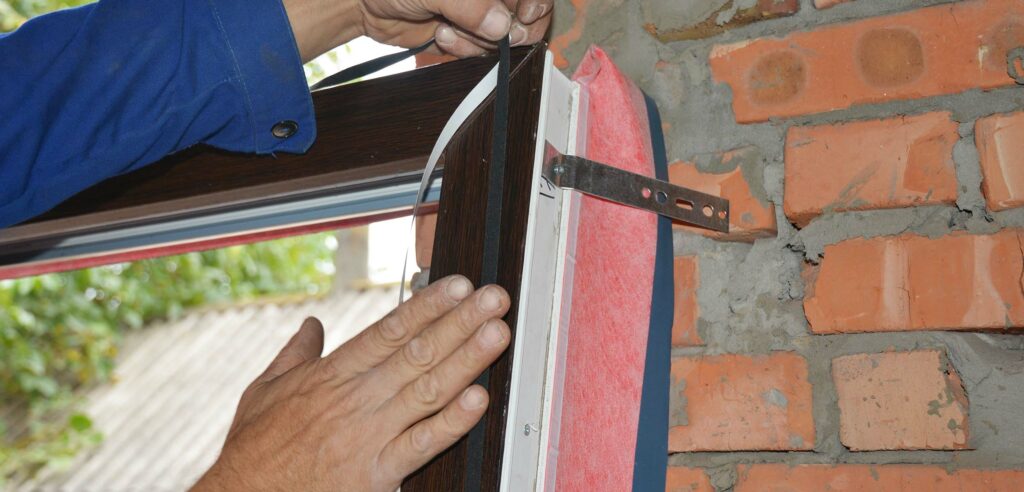
Try Weather Stripping Your Windows
It's the difference between the outside and inside temperature that creates condensation. So keeping the inside of your windows closer to room temperature will reduce condensation. Weather stripping helps accomplish this.
Weather stripping kits can be purchased at home improvement retailers and installed fairly easily. This material helps prevent cold air from entering your home by sealing potential entry spots for brisk outside air. This, in turn, keeps the inside surface of your window panes warmer, reducing condensation.
Stay Dry and Comfortable All Year Round
Condensation is a phenomenon that will always exist when the temperature isn’t constant in a given environment. You can’t control the weather, but regulating humidity and temperature in your home can help reduce window condensation.
Each home is a little bit different when it comes to climate-controlled indoor air. But our HVAC experts in Alberta can help determine what sort of equipment and maintenance is best to keep your home comfortable year-round.
Give us a call at Action Furnace if those foggy windows prevent you from enjoying the view!

